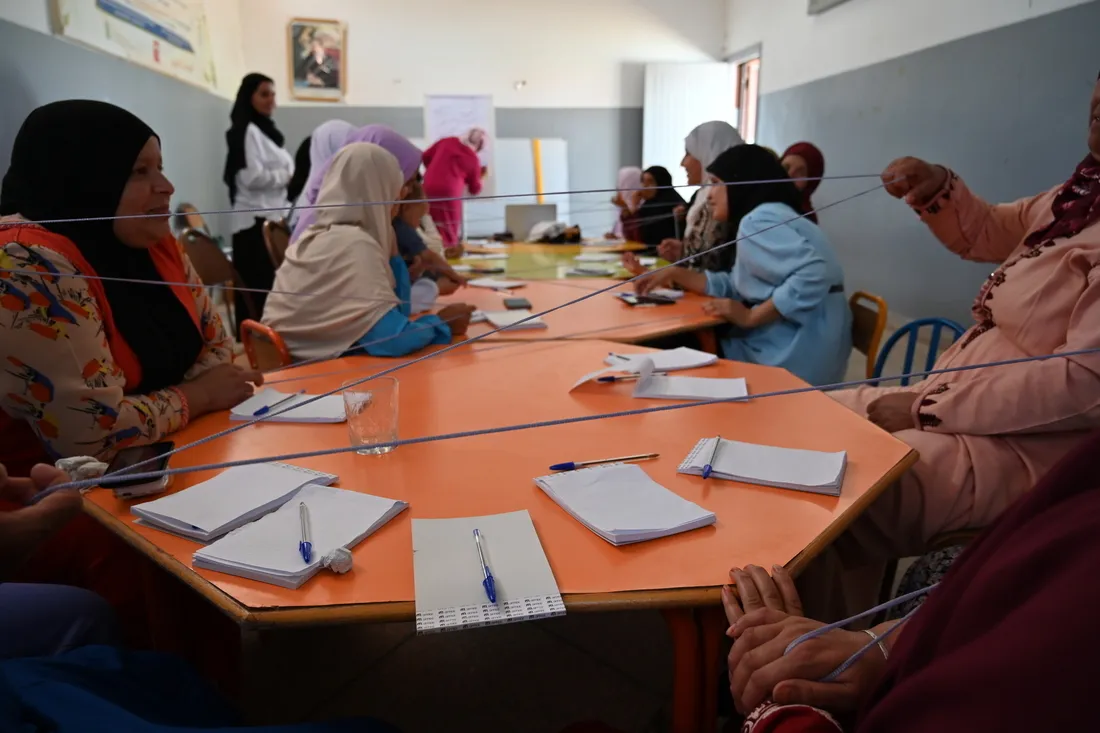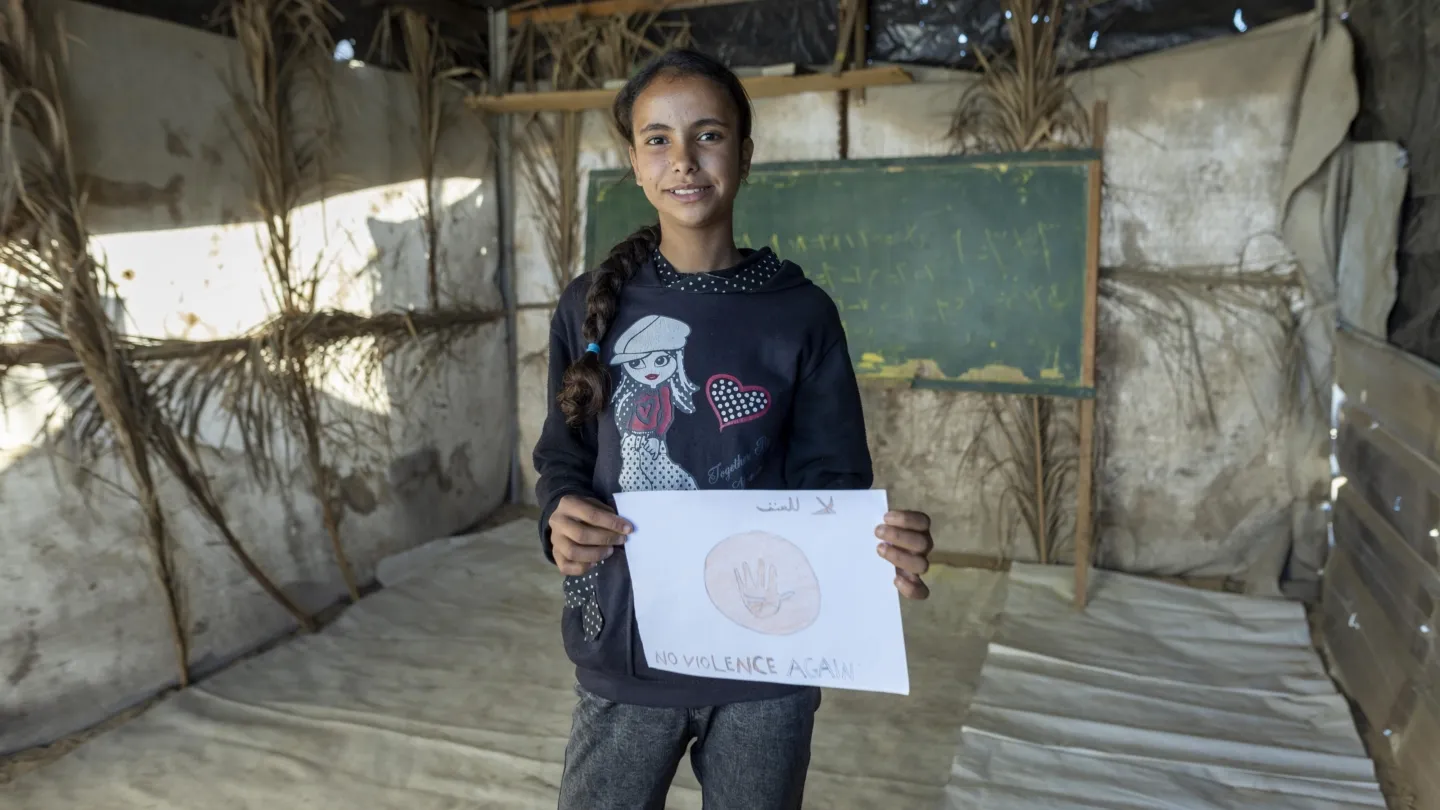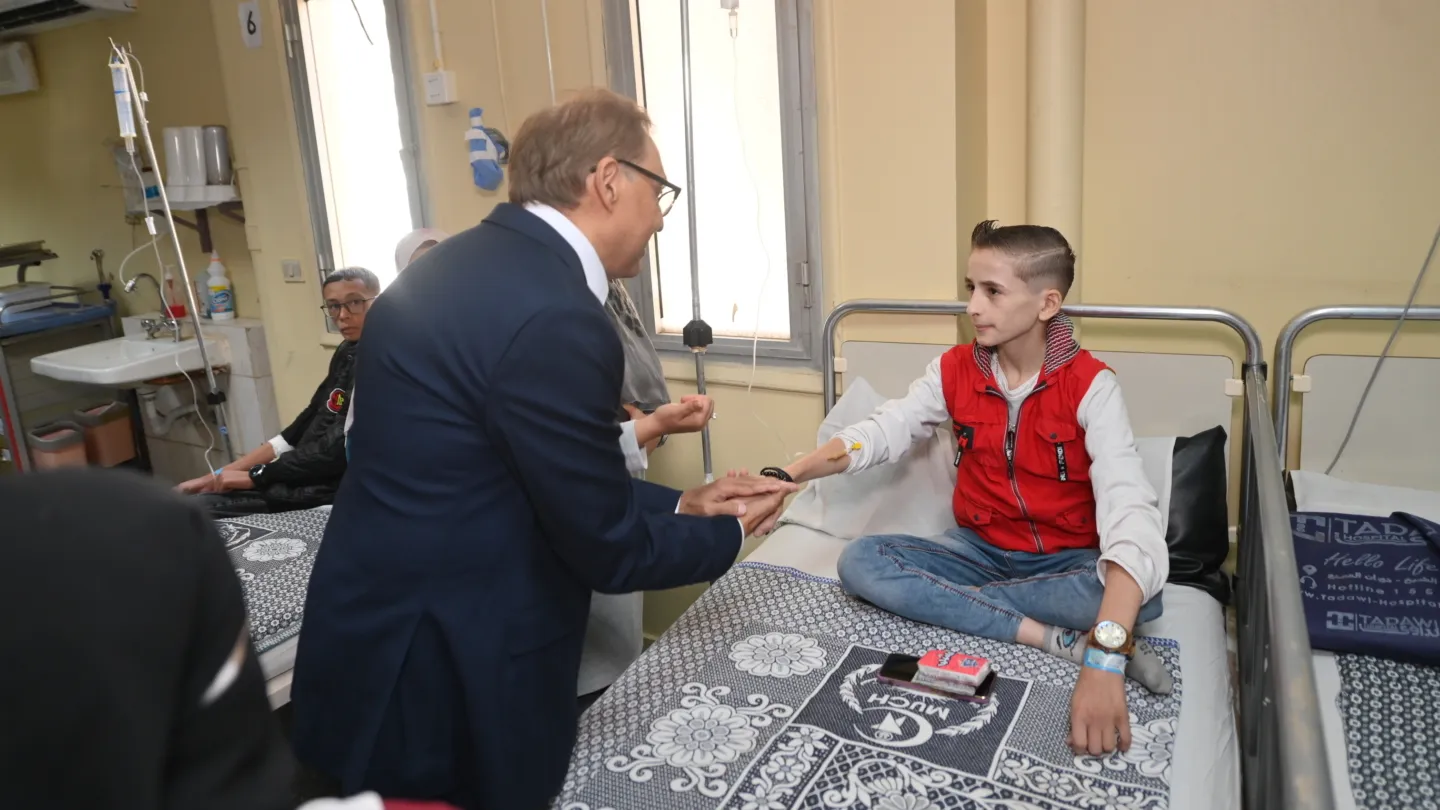10 Places Mental Health Care is Making a Difference Around the World
Healing happens in many ways. Here’s what mental health care looks like for different Project HOPE programs around the world.
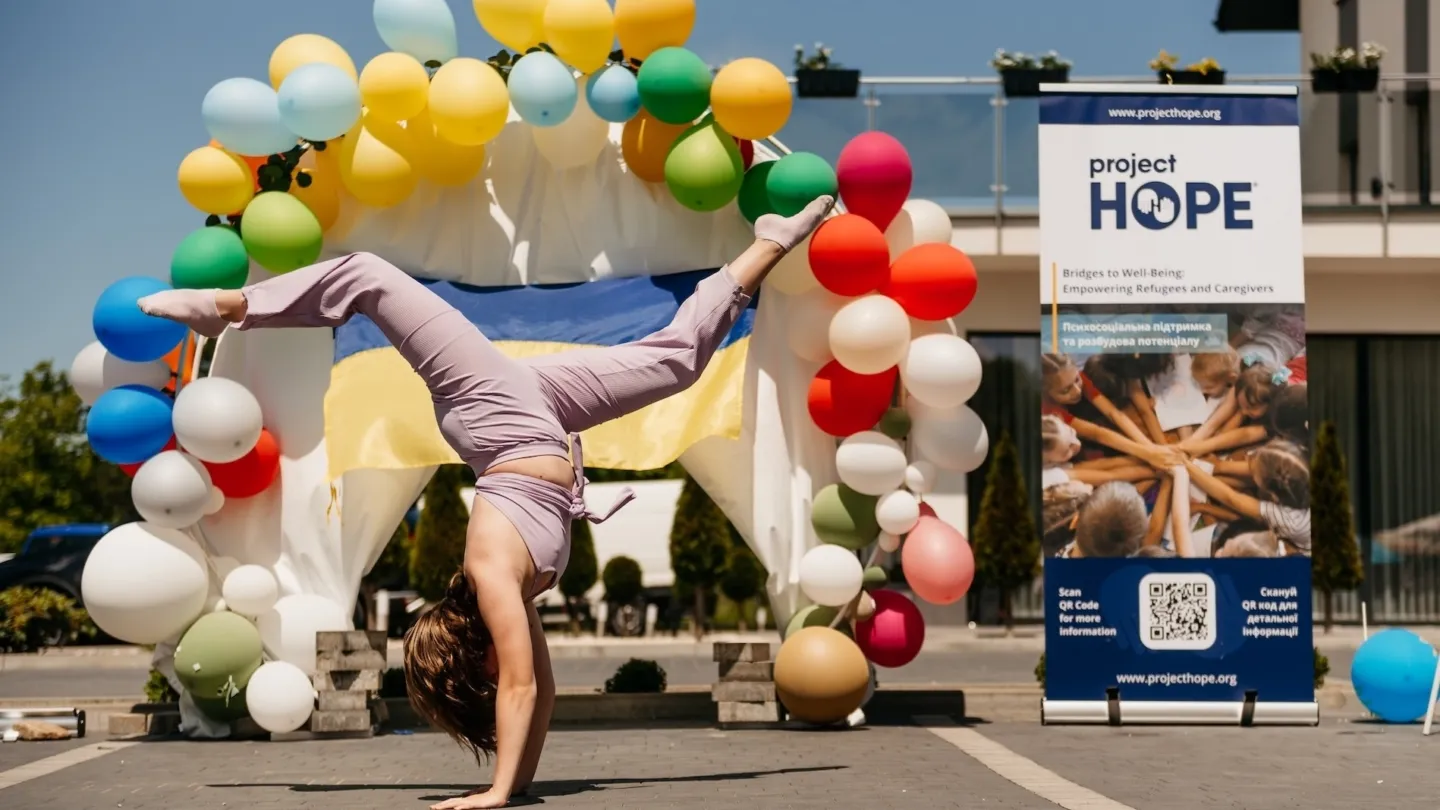
Mental health care varies widely around the world.
In some places, mental health support might take the form of traditional one-on-one therapy sessions with mobile psychologists reaching those who have difficulty traveling. In others, it may look like community-driven group classes, trainings, or workshops. For children in conflict zones, mental health care can be as simple — and powerful — as art therapy or a playroom, offering a safe space for expression, play, and emotional processing.
At Project HOPE, we work to ensure everyone — even those facing conflict, disaster, displacement, or systemic inequities — has access to comprehensive mental health care and support.
This looks different depending on where we work and the unique needs of each community, whether children, refugees, marginalized populations, or people impacted by conflict or disaster.
Here’s a closer look at what mental health care looks like for various Project HOPE programs around the world.
1. Healing Through Art in Gaza
In Gaza, every child has lost their sense of safety and stability. Most have been forced from their homes, witnessed unimaginable atrocities, lost family members or loved ones, and gone extended periods without sufficient food or health care since October 2023.
In Khan Younis and Deir al-Balah, Project HOPE has offered art therapy to give children in displacement camps the chance to non-verbally express and process their feelings. Through their drawings, they communicate their deepest fears, hopes, and dreams. Many of their pieces carry powerful messages calling for an end to the violence they’ve been subjected to, and convey a shared and unwavering wish: to return to their homes and communities.
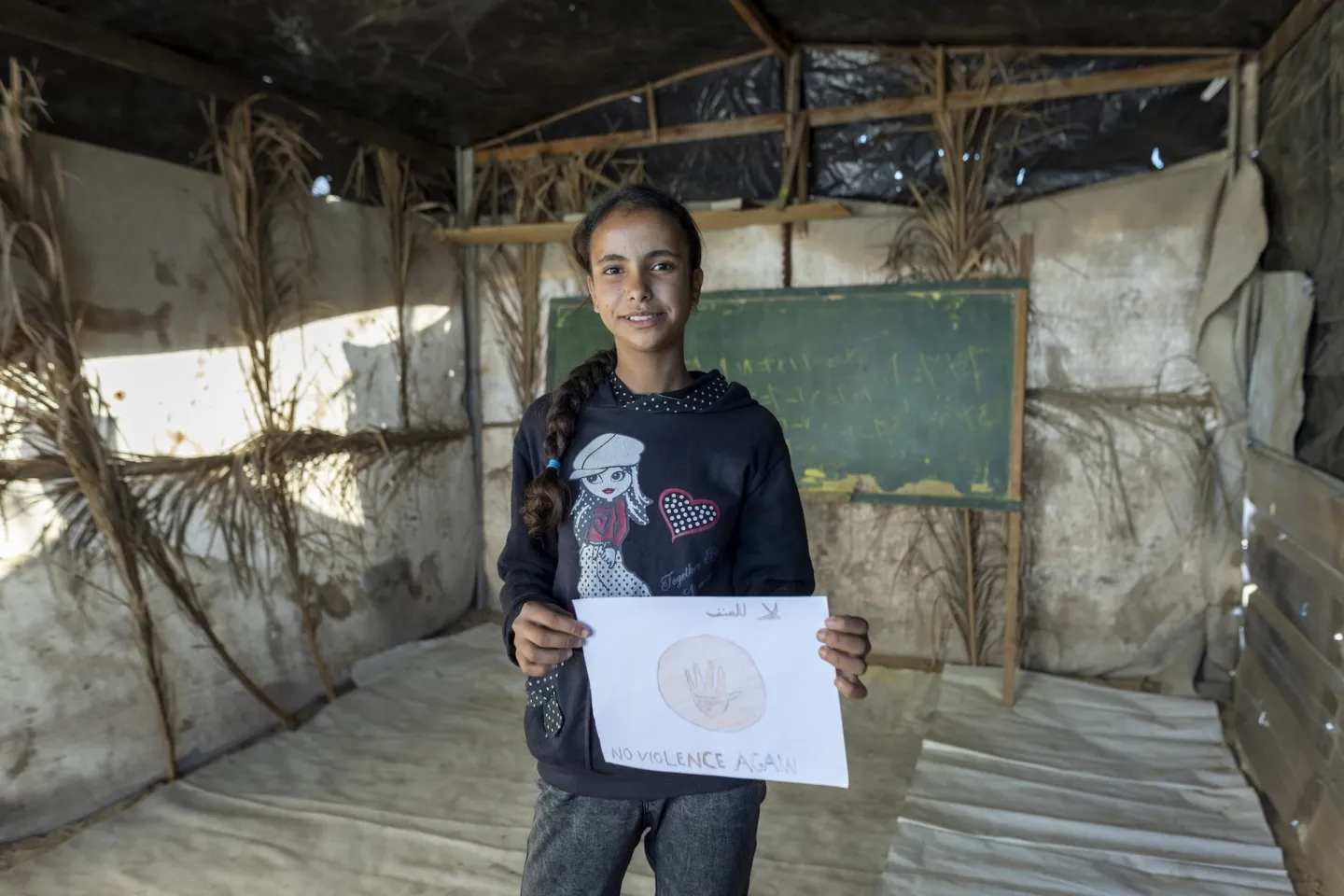
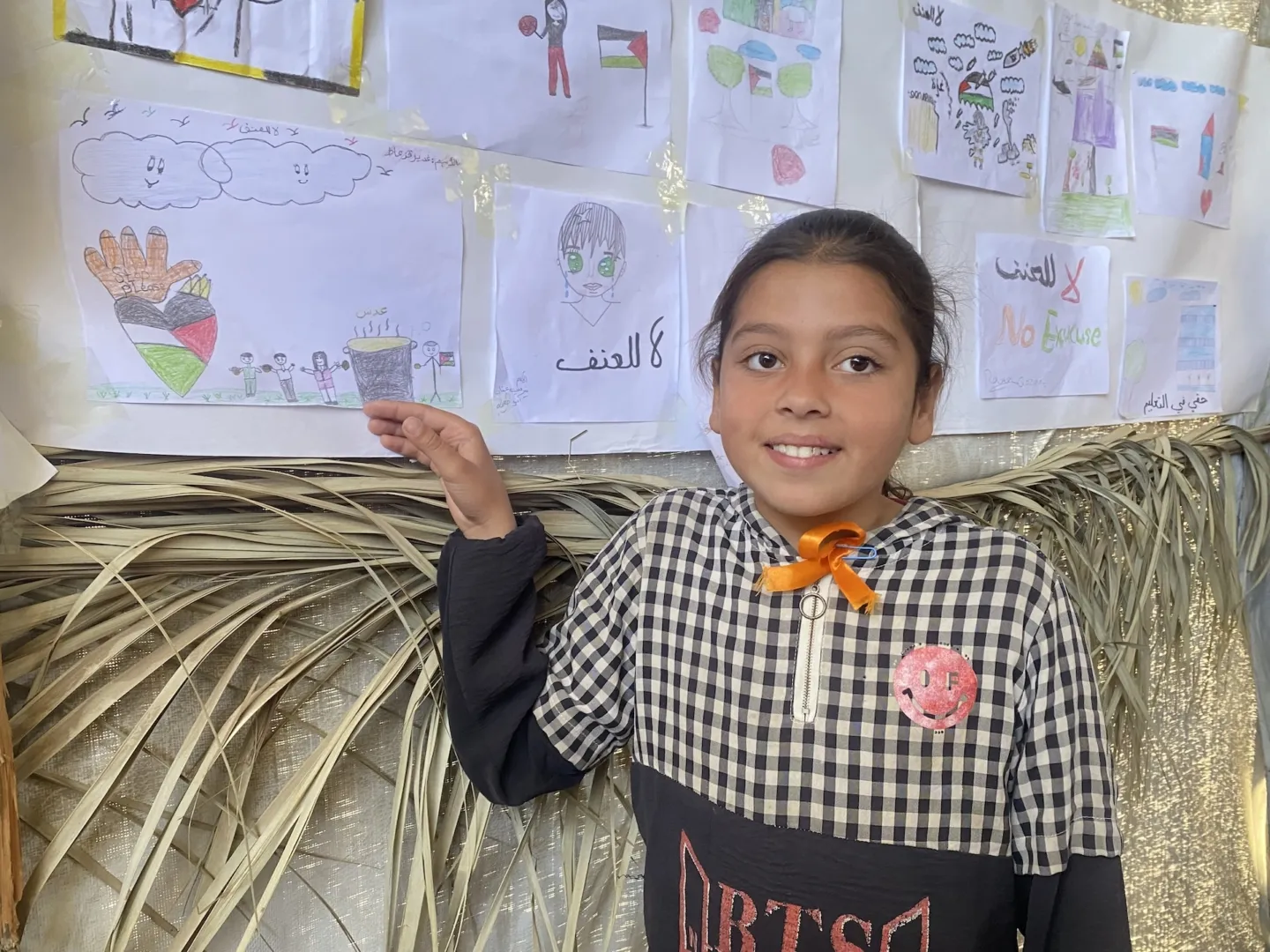
2. Mobile Psychologists for Refugees in Poland
Anna, a 23-year-old refugee from Ukraine, arrived in Poland with her parents in 2023, seeking safety from the war. Living in a collective center, Anna faced the daily challenge of a disability that left her with muscle tremors, extreme weakness, and an inability to perform simple tasks like sitting upright or holding a spoon. Every day was a struggle, and her condition made independence seem out of reach.
In September 2024, Anna began working with Olena, a psychologist from Project HOPE’s mobile team, who has provided both emotional support and physical rehabilitation. Anna has made significant progress, regaining the ability to open her hands, perform tasks like drawing, and eat without help from others. With continued support, Anna’s physical independence has grown. She can sit upright without help and recently, with her father’s support, she managed to stand up and move from one bed to another. For the first time in years, she feels in control of her body.
“I want to thank my psychologist, Olena, for visiting me and doing exercises with me,” Anna says. “Without her, none of this would be possible. My goal is to walk. And we will achieve it, no matter what it takes.”
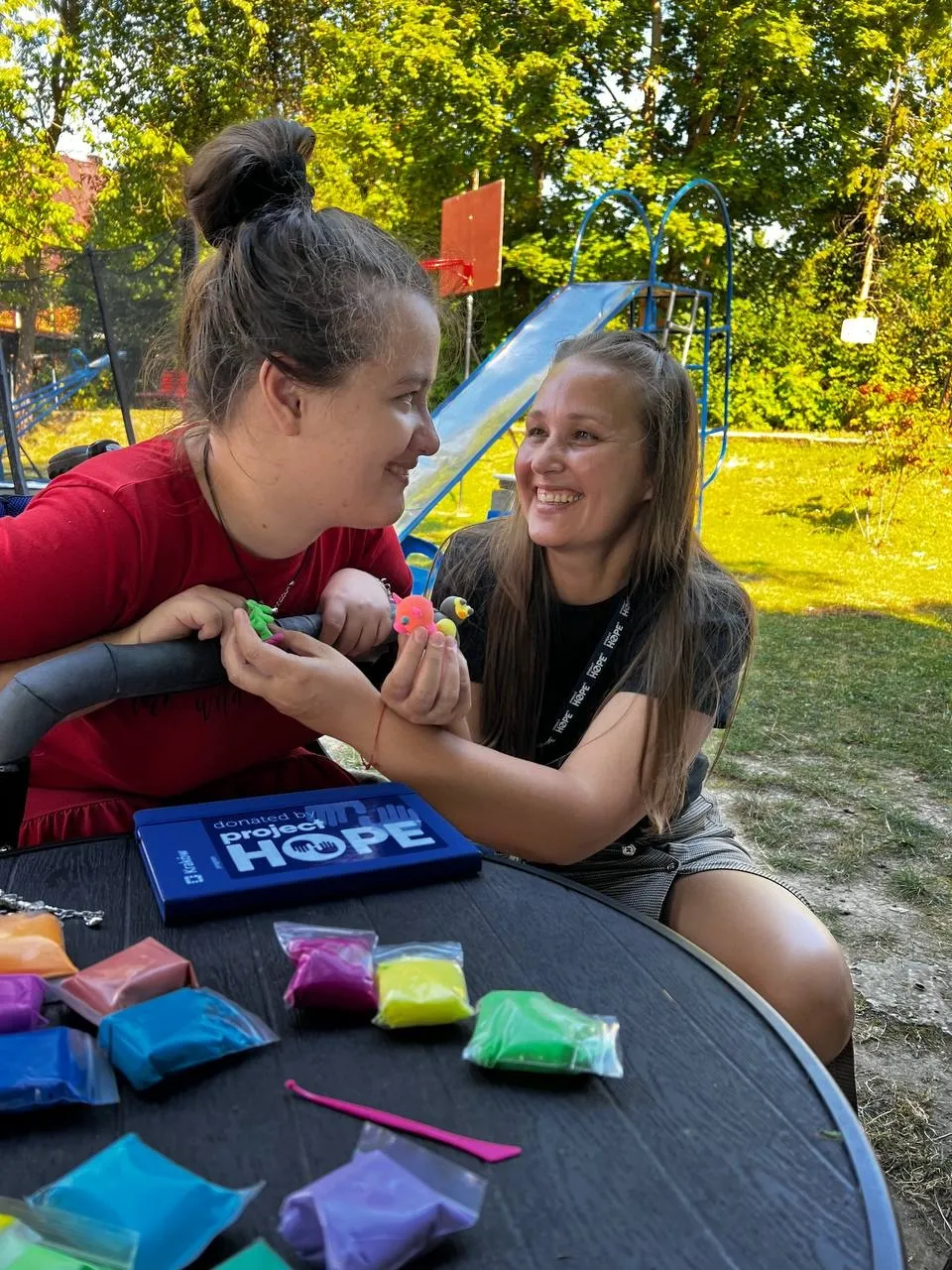
3. Group Sessions at HBCUs in Alabama
The need to bolster mental health and resilience among youth of color — and the people and systems who support them — has never been greater. Between 35% and 45% of Black college students report symptoms of anxiety and depression, and suicide rates among Black youth have doubled in the past decade.
In November 2024, Project HOPE, in partnership with the Alabama Public Health Department, delivered mental health and resilience training sessions to students at two Historically Black College and Universities (HBCUs) in Alabama — Miles College and Stillman College. The trainings aimed to boost mental health literacy, reduce stigma, and encourage self-care, help-seeking, and suicide prevention.
The interactive sessions covered trauma responses, stress management, coping strategies, and peer support. Students engaged in open discussions on issues like relationships, racism, social media, and suicide, while learning practical tools such as breathing techniques, active listening, communication, and self-reflection. Content was also adapted for faculty, who often serve as first responders to students’ mental health needs.
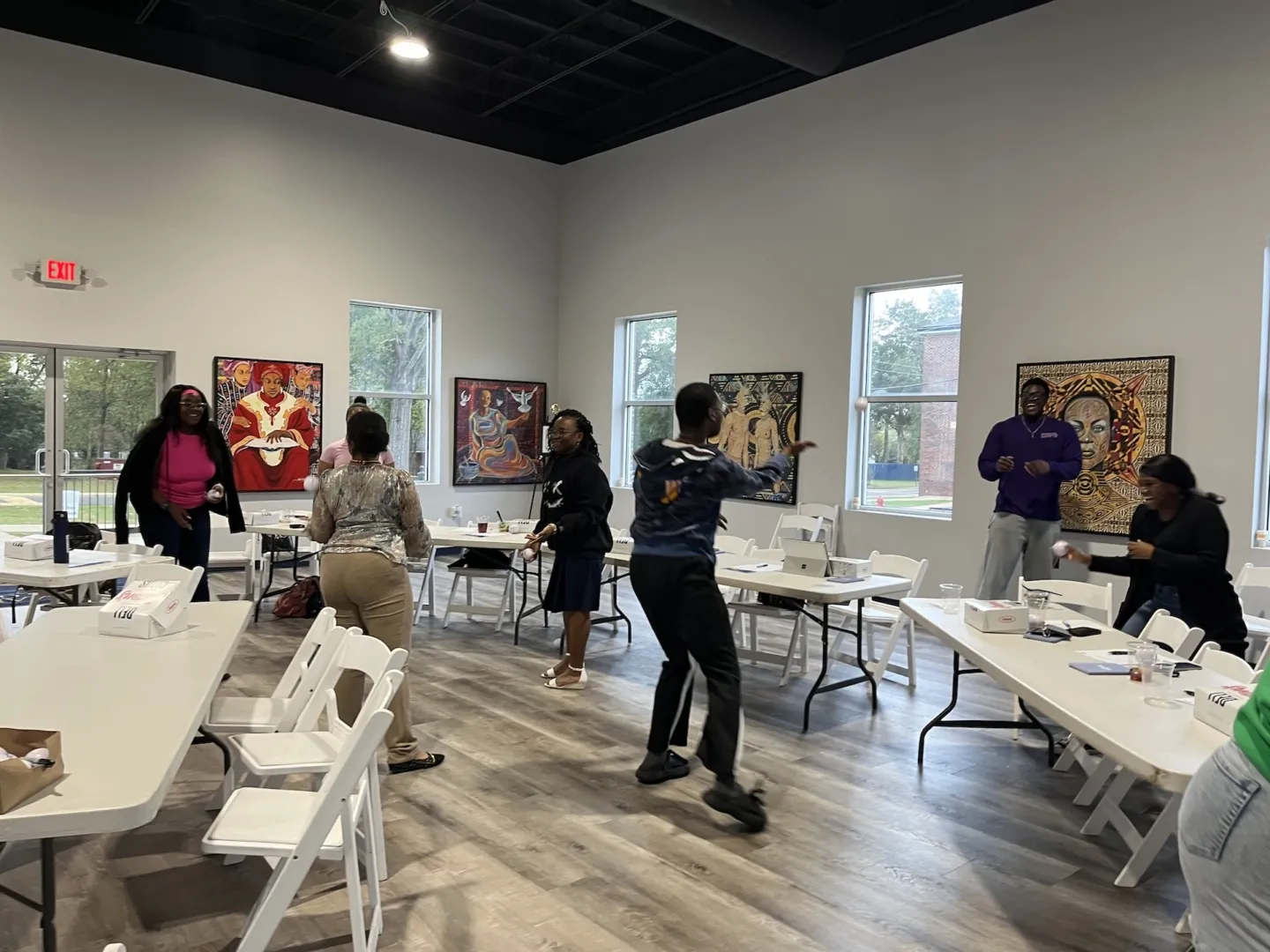
4. Kid Kits for Wildfire Survivors in California
Exposure to natural disaster significantly increases the risk of anxiety, depression, and post-traumatic stress disorder. For children in particular, the sudden disruption of daily routines and a loss of stability can lead to long-term emotional distress.
In Los Angeles, communities continue to grapple with the effects of the devastating Palisades and Eaton wildfires, which destroyed more than 16,000 structures and displaced tens of thousands of residents in early 2025.
Now that the fires have been extinguished, Project HOPE’s Emergency Response Team is focusing on meeting urgent mental health needs. This includes psychosocial activities for children and adolescents to help them cope with the trauma, as well as the distribution of Kid Kits, which include creative and play items such as coloring items, fidget toys, and Play-Doh to support Psychological First Aid practices.
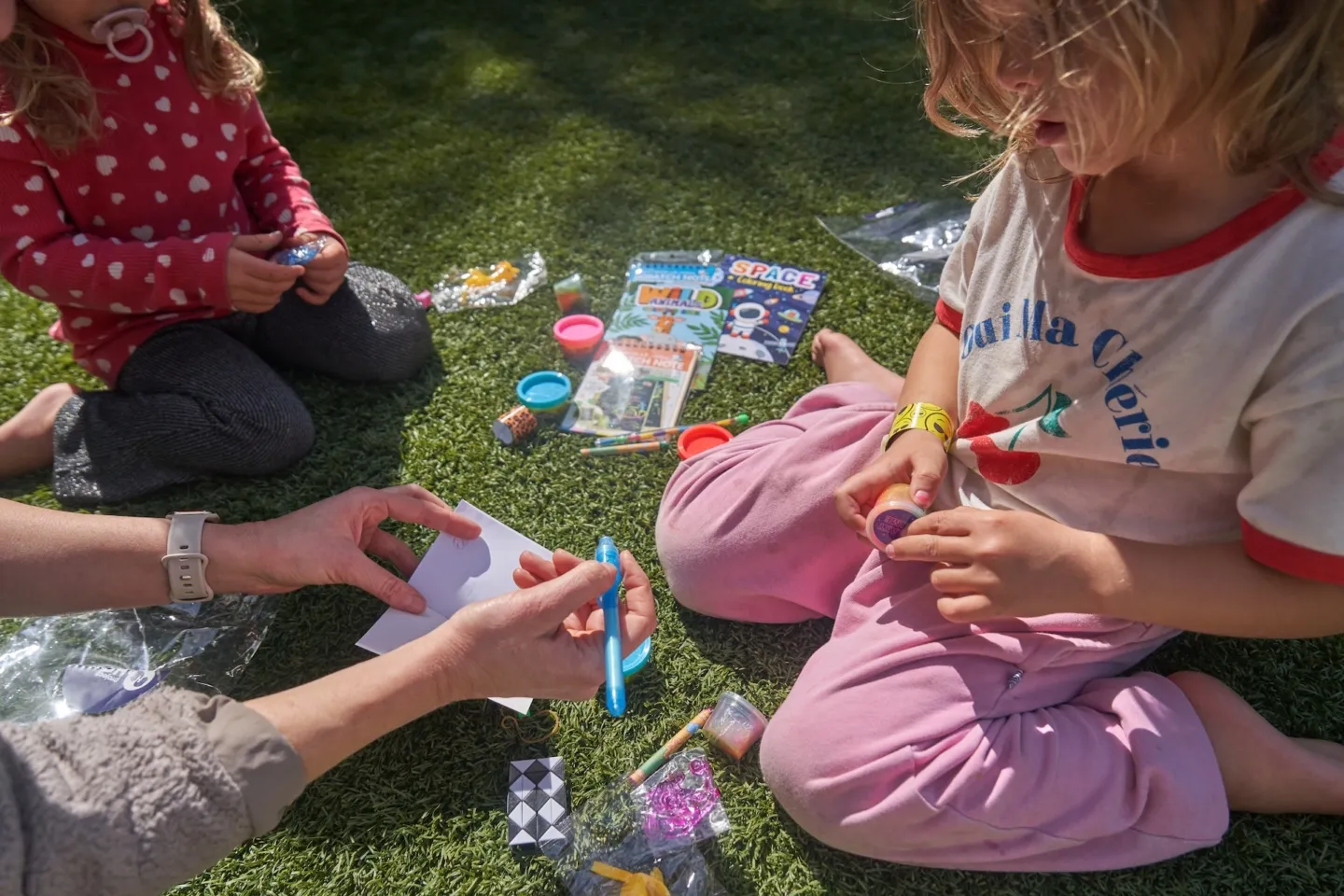
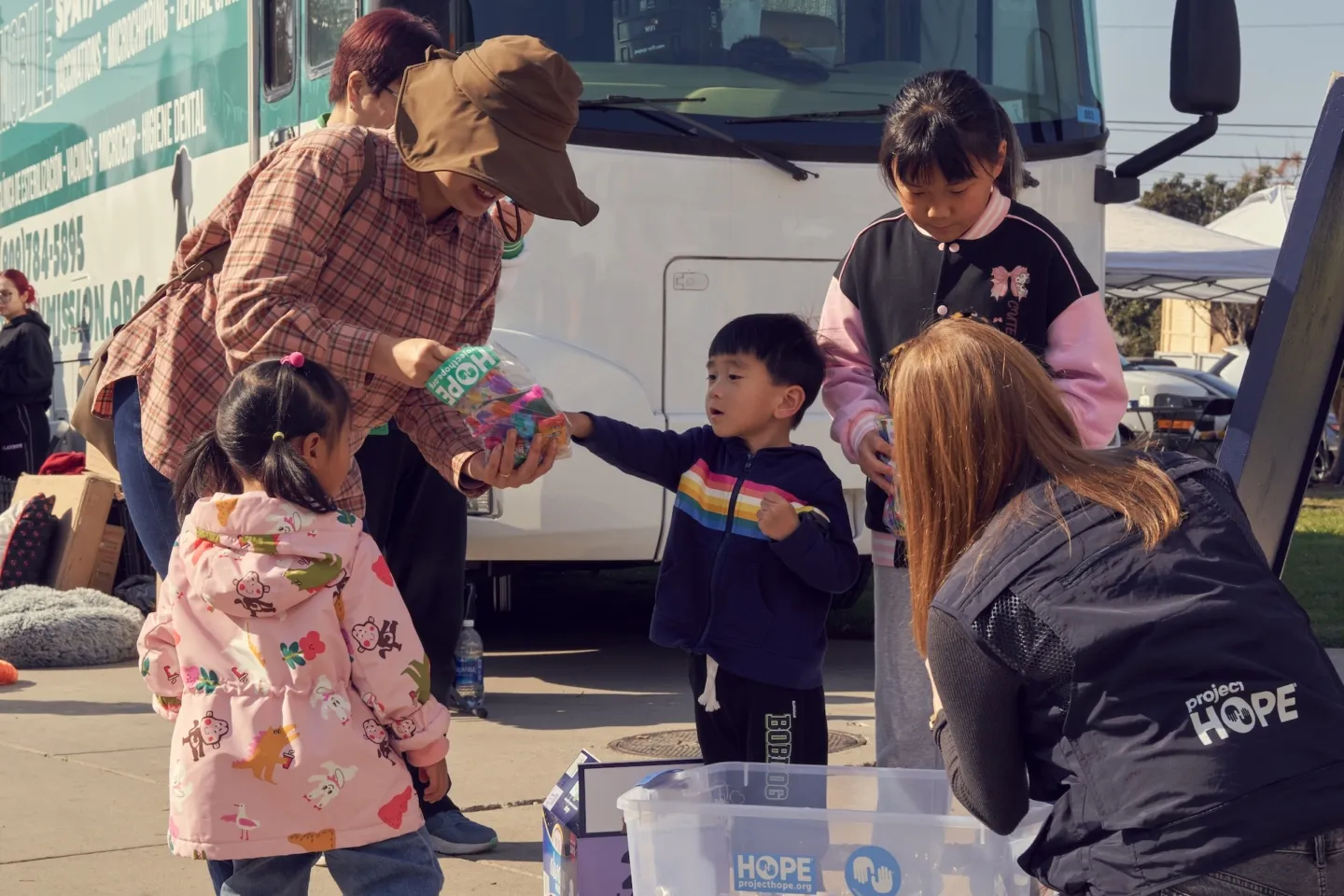
5. Compassionate Care for Migrants in Ecuador
Across Latin America and the Caribbean, widespread violence and instability have led to unprecedented numbers of migrants seeking safety. Millions of families from Venezuela, Honduras, and Haiti have been displaced, enduring exhausting and perilous journeys to safer places, sometimes on foot.
In Ecuador, Project HOPE offered individual and group therapy at migrant shelters so families burdened with the weight of uncertainty — who are often unsure where their next meal will come from or where they will go next — could pause to receive compassionate mental health care from our medical team.
“The majority of people carry this uncertainty with them,” says Dr. Marilyn Garcia, a psychologist on Project HOPE’s team in Ecuador. “For example, ‘I am here at the shelter, but when this time is over, where am I going to go?’ Especially if they have children.”
Dr. Garcia and her team provided these families with a space to feel safe, heard, and supported as they navigated their next steps.
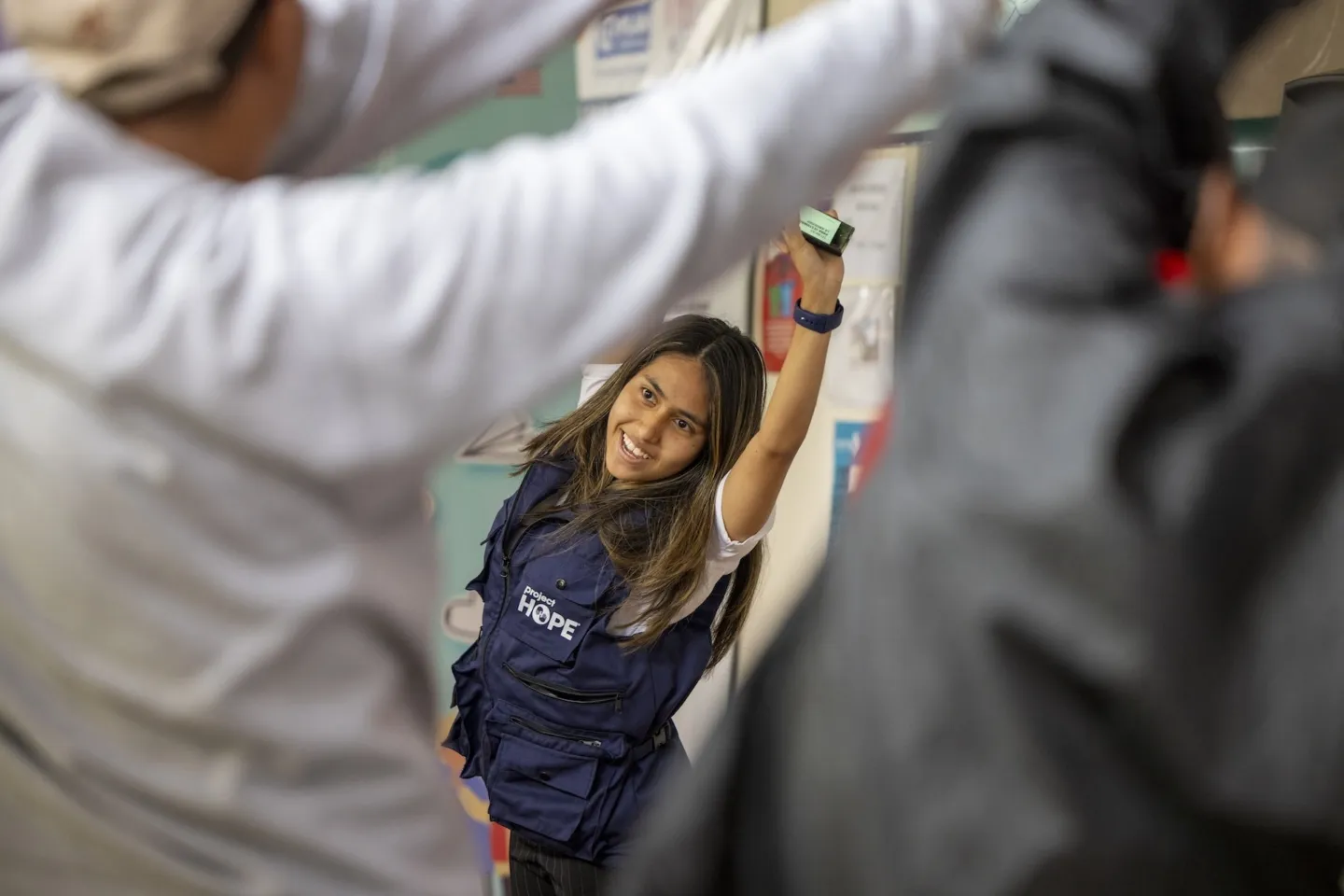
6. Group Sessions for Young Men in Nigeria
There is a significant need for mental health support among young people in Nigeria, especially among young men. Faced with a range of economic, social, and political challenges, many turn to drug use and violence as a way to cope with difficult circumstances, which not only threatens their physical safety but also has profound effects on their mental well-being.
To help fortify mental health, Project HOPE is facilitating youth mental health groups led by local community members. During meetings, groups talk about the dangers that drug use poses to mental health, common withdrawal symptoms, new coping mechanisms for challenges they face, and ways to manage feelings of anger and frustration. They also discuss how they can support one another.
“The most rewarding part of this work is that it’s a service to humanity,” says Fatima Haruna, a group facilitator known fondly by all as “Aunty Fati.” “You feel happy seeing them integrated back into their family and society in general. You can clearly see the change and happiness in their lives. I hope that through the mental health discussions we have held with them, they can be able to set their lives on course.”
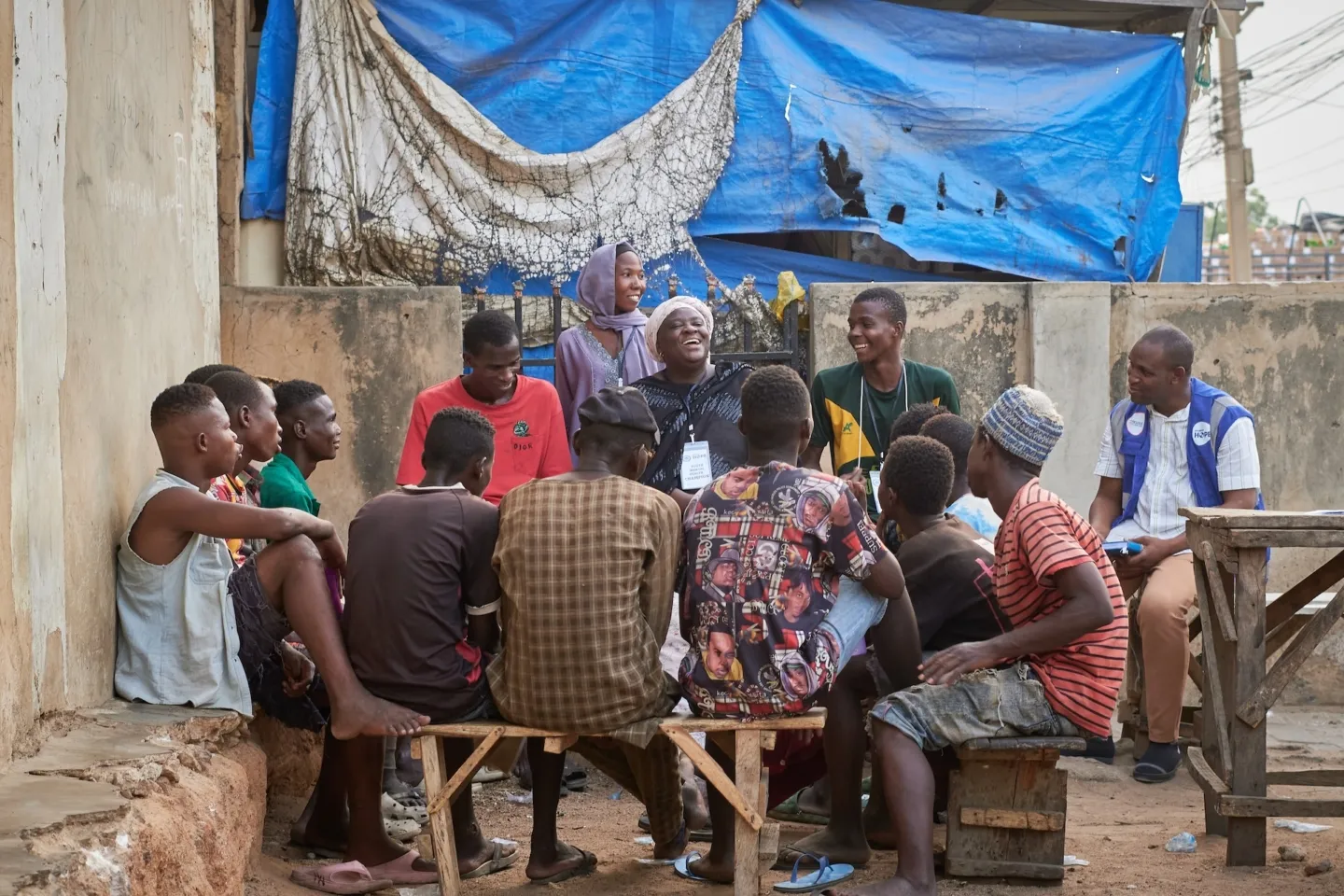
7. Safe Spaces to Play in Moldova
Over 100,000 Ukrainian refugees have sought refuge in Moldova, nearly half of them children. Many are concentrated in urban areas like Chișinău, where the strain of displacement — being away from home, relatives, and financial instability — makes refugees more susceptive to depression, which can have an adverse impact on children.
Despite the circumstances, access to essential services like mental health remains limited for both Ukrainian refugees and host community members. To help address this, Project HOPE partnered with The Moldova Project to open nine child playrooms across Moldova — spaces where kids can be kids. More than 4,500 children have attended the playrooms to play, read, and learn. Each is equipped with new furniture, seating areas, board games, craft materials, stationery, children’s toys, TVs, and books in Ukrainian, Russian, and Romanian.
Beyond mental health and psychosocial support, the playrooms have also been a space to reach Ukrainian and Moldovan families with food, hygiene kits, and medical vouchers.
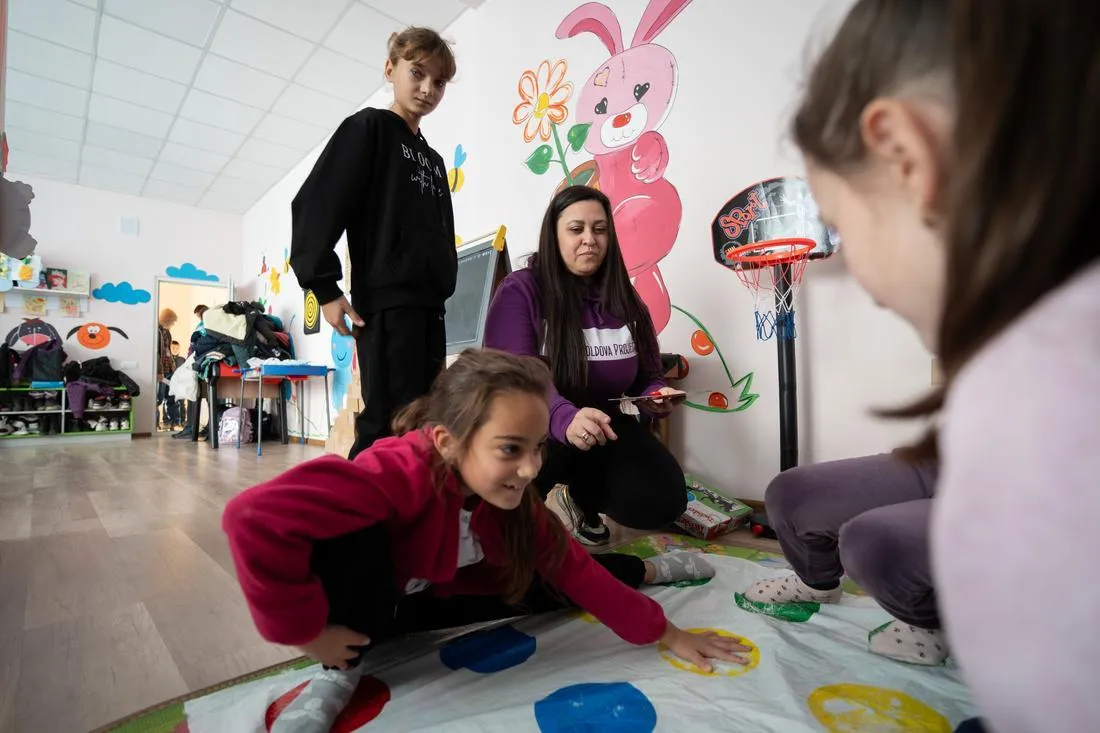
8. Therapy Near the Front Lines in Ukraine
More than three years of war in Ukraine has led to a surge in demand for mental health and psychosocial support (MHPSS) services. Nearly half of Ukraine’s population — approximately 15 million people — are estimated to need mental health support.
To address the mental health crisis, Project HOPE is linking arms with local health workers to provide critical support to conflict-affected communities near the front lines in eastern and southern Ukraine. We provide mental health services through on-site activities and online consultations, including one-on-one therapy, as well as outreach to IDP sites and hospitals, reaching more than 238,000 Ukrainians impacted by the traumas of war.
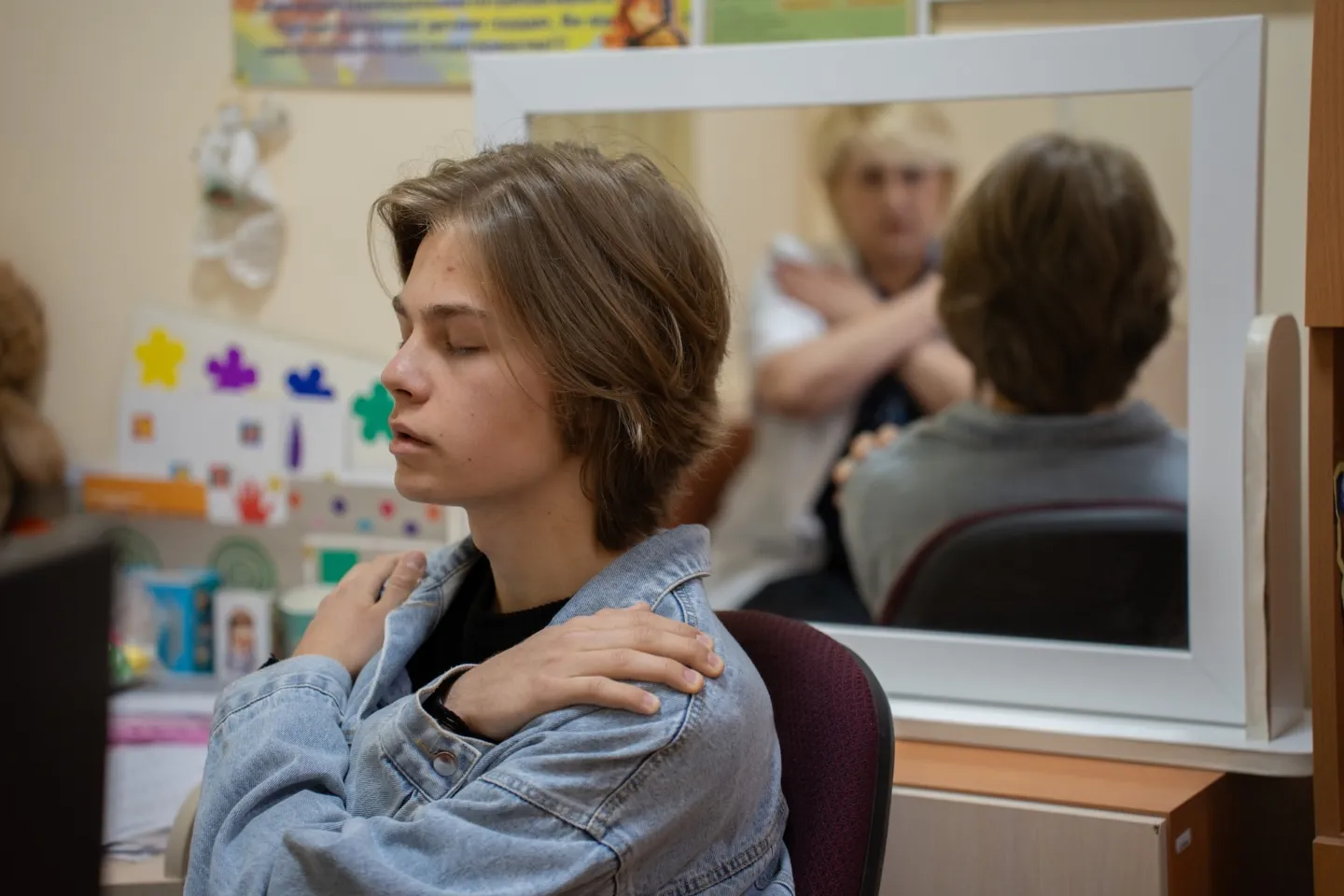
9. Support for Survivors of Gender-Based Violence in Haiti
In the context of a devastating and widening humanitarian crisis in Haiti, acute stressors such as food insecurity, financial distress, and displacement have driven a rise in mental health needs and gender-based violence (GBV). This is particularly evident in gang-controlled neighborhoods and sites for IDPs, where violence and insecurity reigns.
Through mobile medical units (MMUs), Project HOPE has reached remote, rural, and displaced populations with treatment and care.
Our team has strengthened mental health and GBV prevention and treatment resources by providing case management and individual and group psychosocial support through Program Management Plus (PM+), as well as referral and follow-up services. We also worked to educate people in order to reduce incidents of GBV. Last year, our team reached more than 62,400 people in the Sud, Nippes, and Grand’Anse departments with awareness-raising activities on GBV and mental health.
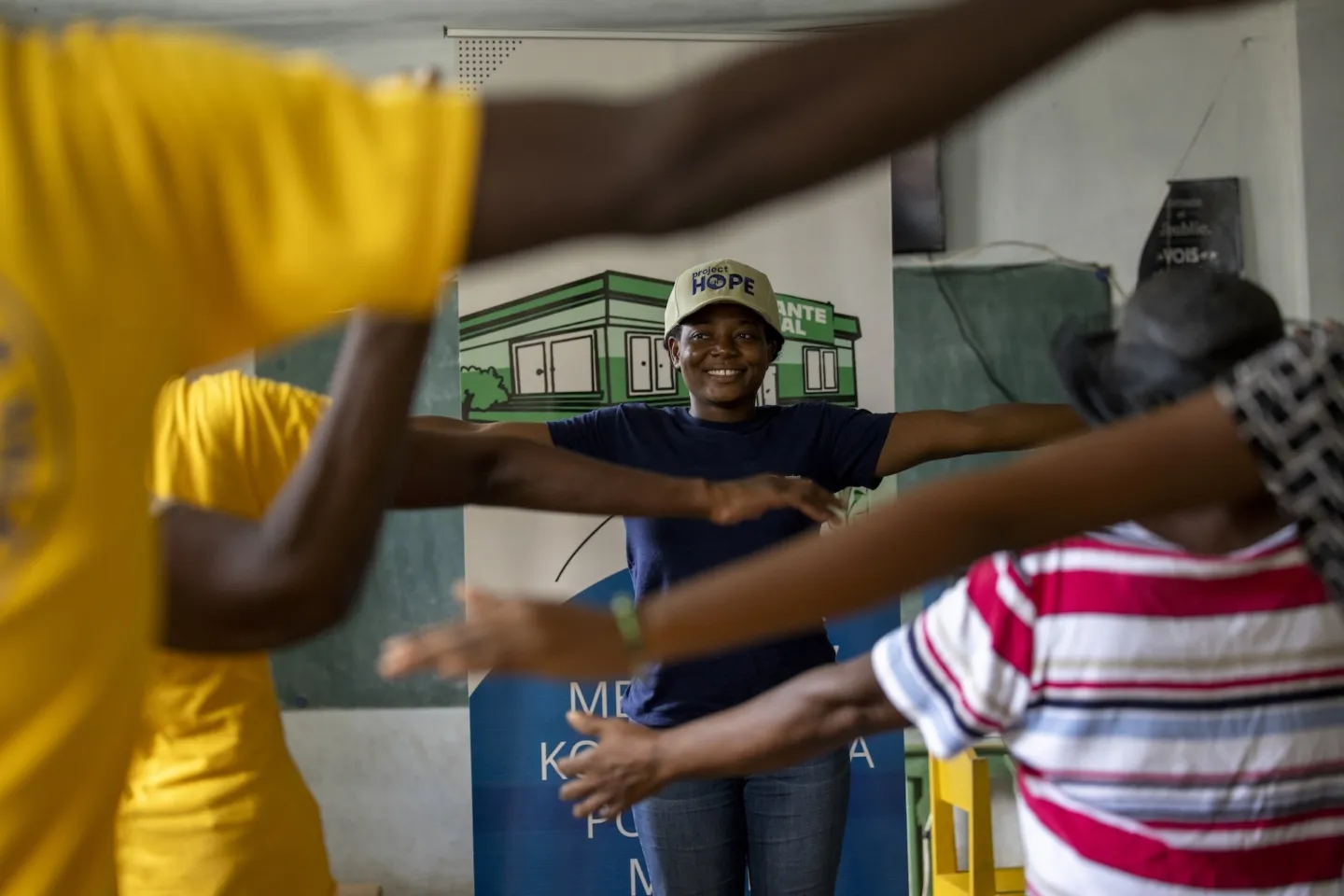
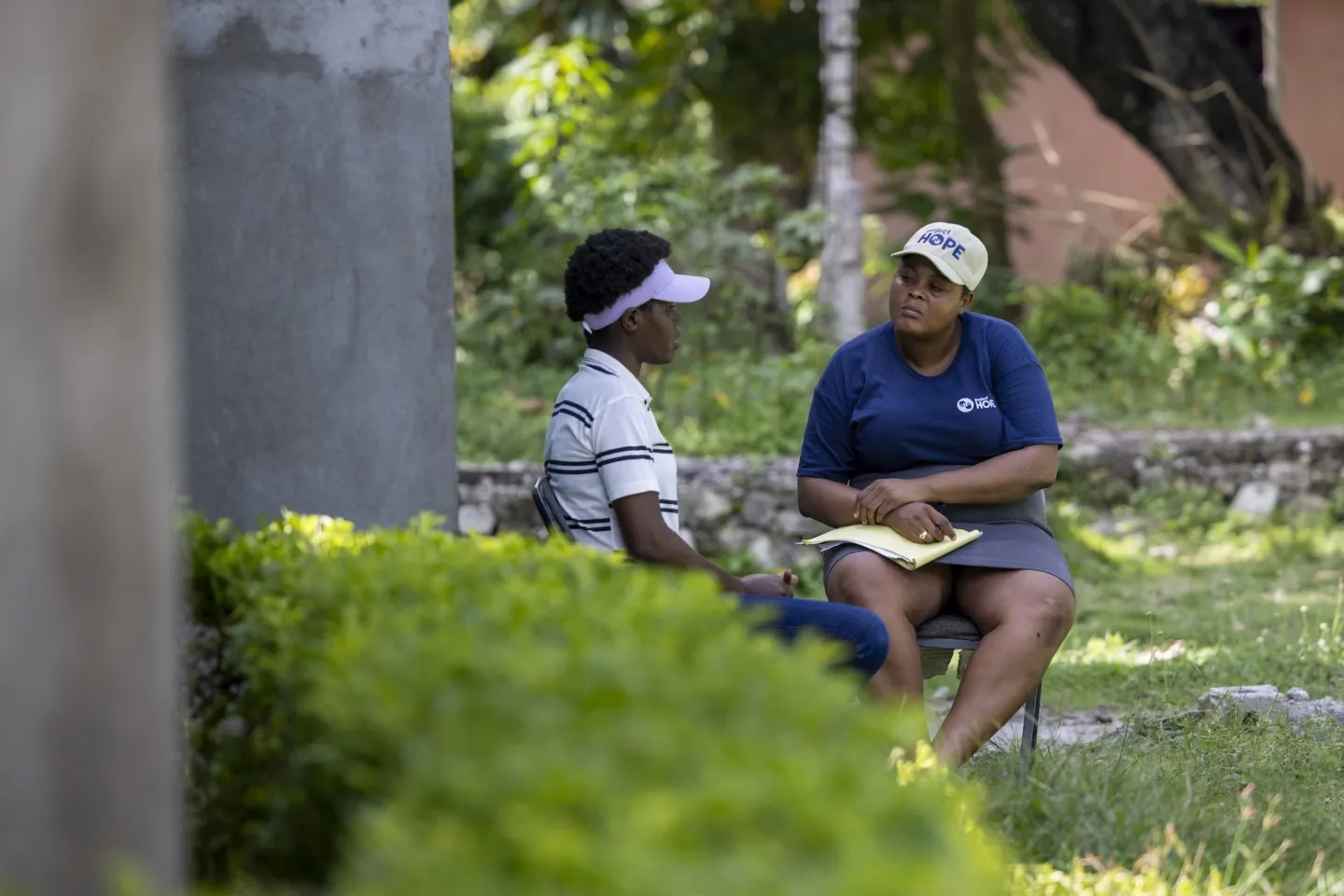
10. Group Therapy for Earthquake Survivors in Morocco
The long-term impacts of natural disaster are felt deeply in the rural Atlas Mountains south of Marrakech.
In September 2023, a magnitude 6.8 earthquake struck, impacting more than 300,000 people and causing significant damage and destruction. Although the disaster took place more 18 months ago, its ripple effects will be felt for generations. People living in mountain villages are grappling with post-traumatic and acute stress symptoms including sleep disturbances, profound grief, emotional anguish, and noticeable alterations in behavior.
“Many women became visibly emotional and shed tears when we approached them or asked about their experiences,” says Rawan Hamadeh, a Project HOPE mental health program officer.
Project HOPE’s local partner, High Atlas Foundation, has provided workshops on mental health, psychosocial support, resilience, and positive coping strategies to eight villages, helping women, men, and children find a safe place to step away from the trauma and loss and focus on their personal growth, build resilience, and develop skills for a new future.
